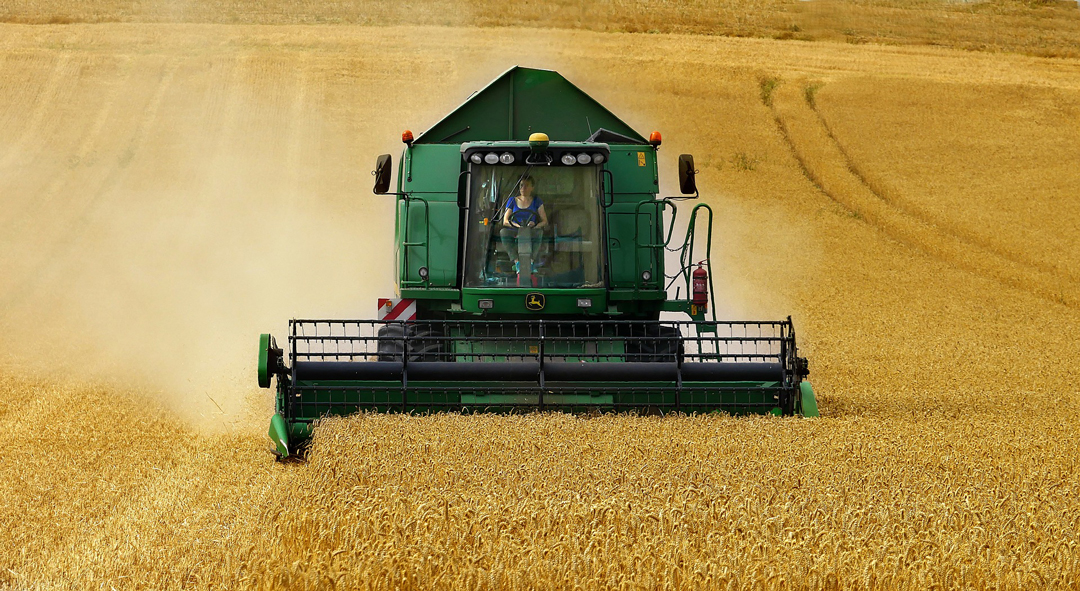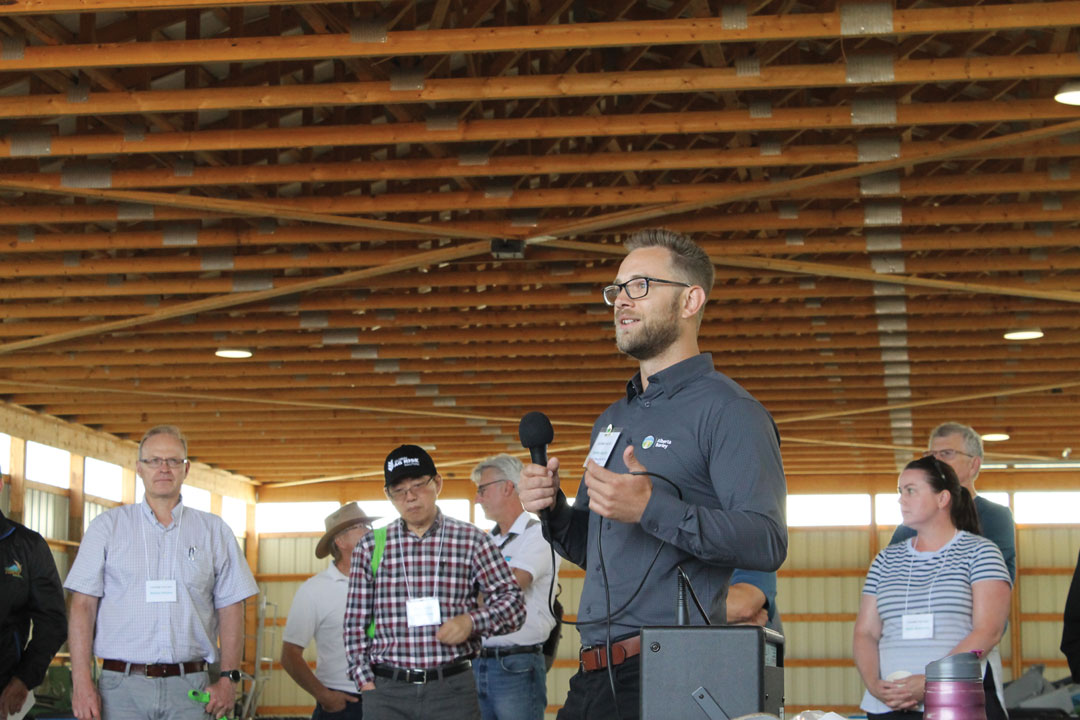SURVEY CAPTURES THE REAL VOICE OF FARMERS
IAN DOIG • PHOTO BY PIXABAY
Farmer opinion is often hijacked and presented inaccurately, said Shaun Haney, owner and editor of RealAgriculture.com, a farm journalism website. All too often, he has heard industry players draw self-serving conclusions as they cite casual conversations with one or two farmers as the collective viewpoint of farmers across the country. In 2020, Haney and RealAgristudies co-founder Justin Funk created the Canadian Farmer Sentiment Index to properly gauge farmer opinion over time.
“I want to provide the opportunity for farmers to speak with one voice,” said Haney. Naturally, this single voice may express multiple opinions. “That provides a lot more clarity and ensures the thoughts, perspectives and sentiments of Canadian farmers are fully understood by the marketplace.”
A panel of 3,600 farmers, located mostly in the Prairie provinces and Ontario, is surveyed four times per year. Of these, 400 to 800 typically respond. To measure farmer sentiment, the Index uses a scale of zero to 200. With 100 as neutral, lower numbers indicate negative sentiment while higher ones indicate a positive outlook.
The Index serves as a barometer of the economic health of farm operations and the confidence level of farmers in the financial environment. Sometimes the survey reinforces expectations. “In many cases it may be confirmation, but it’s also learning new things that bust some of those myths,” said Haney.
It’s no surprise, for example, most farmers believe the federal government is not acting in the best interest of agriculture given the way farmers typically vote and the stripe of the current government. Farmer attitude regarding areas such as trade, biofuels and Pest Management Regulatory Agency regulations, for example, is much more nuanced and variable.
Views differ by industry sector, said Haney. Last compiled in mid-July 2025, the Index indicated attitudes about the financial performance of the cropping sector were quite negative. This contrasts with a positive outlook in the beef sector where profit margins have been very strong. Attitudes about individual topics can also vary by region. Ontario farmers are more positive about environmental regulation, while in the West, especially Alberta, this is less so. Age also affects outlook. Farmers under 35 are much more optimistic about the industry and farm business than those 65 and over.
Negativity was a notable trend in the most recent survey quarter. Since the previous July, farmer confidence in the Canadian ag economy dropped substantially, to 44 from 60. Confidence in the industry’s future similarly dipped to 62 from 81. Farmers said they are worse off than at the same time last year and predicted the farm financial environment will get worse over the coming year. Fifty-seven per cent rated their own farm financial performance at good or excellent. This is down several percentage points from 12 months previous, as is confidence in future performance (to 72 from 84).
Good rainfall conditions in the early crop season did not shake this generalized pessimism among crop farmers. Although good soil moisture pointed to improved yields, tight margins were expected to dominate. In July, 68 per cent of farmers perceived commodity markets to be a lot riskier in 2025 than they were in 2024. Haney also noted while Canadian farmers expect tough times for the coming one to five years, their U.S. counterparts are much more optimistic due to the expectation of federal aid money and that they are politically aligned with their current federal government.
This lack of Canadian farmer confidence in their marketing plans speaks to the immediate challenges they face, such as Chinese canola tariffs, said Haney. “It really challenges a farmer’s tolerance to risk, whether that’s from a financial standpoint or their general crop plan.”
A ray of positivity did shine through the most recent Index. At 105, farmers were slightly optimistic about the future direction of crop prices. Haney hopes strong yields will stabilize the decline in farmer confidence. Successful renegotiation of the CUSMA agreement and good news on Chinese canola tariffs may also help. “My hope, if harvest goes well, is we see more stability in the sentiment. I don’t think we’re going to see a pop where everything seems great, because we need input prices for fertilizer and things like that to come down before farmers see some positive margin.”
Though he is careful to note he is not a mental health expert, and the number could be better, Haney believes the Index has captured a positive indicator in this area. In the July survey, 72 per cent of respondents rated their mental health as good or excellent with a slightly below neutral rating overall. Despite the volatility and current margin pressure in crop farming, this number has remained consistent since the Index was launched. “That mental health number has stayed constant,” he said. “The highs aren’t too high, and the lows aren’t too low. I feel that if that number was bouncing all over the place, I would be more concerned about that.”







Comments